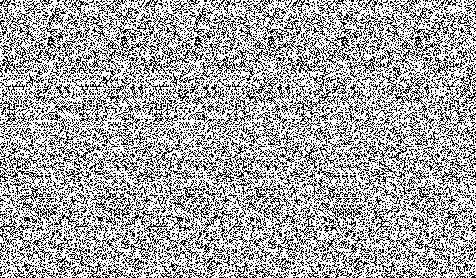|
|
|

A plane image or pair of 2-D images which, when appropriately viewed using both eyes, produces an image which appears to be three-dimensional. By taking a pair of photographs from slightly different angles and then allowing one eye to view each image, a stereogram is not difficult to produce.
Amazingly, it turns out that the 3-D effect can be produced by both eyes looking at a single image by defocusing the eyes at a certain distance. Such stereograms are called ``random-dot stereograms.''
References
Bar-Natan, D. ``Random-Dot Stereograms.'' Math. J. 1, 69-71, 1991.
Fineman, M. The Nature of Visual Illusion. New York: Dover, pp. 89-93, 1996.
Julesz, B. Foundations of Cyclopean Perception. Chicago, IL: University of Chicago Press, 1971.
Julesz, B. ``Stereoscopic Vision.'' Vision Res. 26, 1601-1611, 1986.
Terrell, M. S. and Terrell, R. E. ``Behind the Scenes of a Random Dot Stereogram.'' Amer. Math. Monthly 101, 715-724, 1994.
Tyler, C. ``Sensory Processing of Binocular Disparity.'' In Vergence Eye Movements: Basic and Clinical Aspects.
Boston, MA: Butterworth, pp. 199-295, 1983.